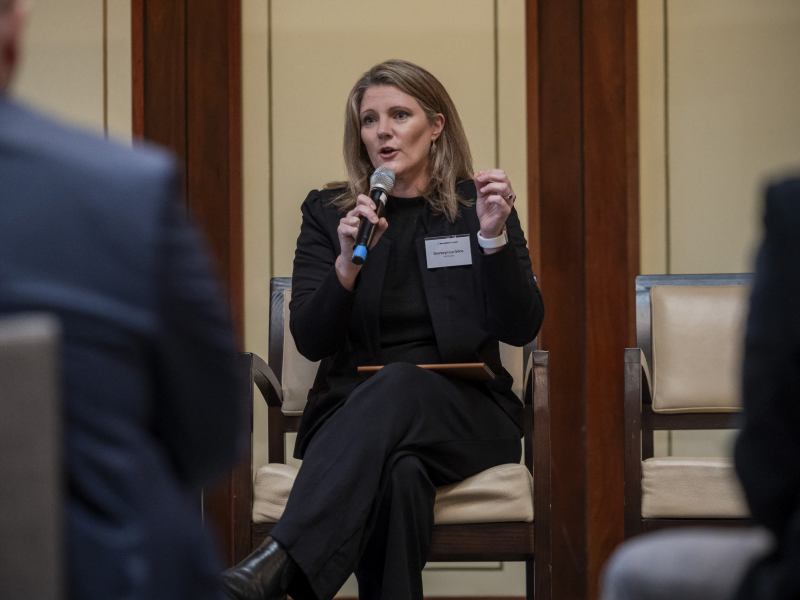Digital health businesses still face systemic barriers to scale despite being the fastest growing part of the sector, according to startup and scaleup accelerator ANDHealth.
ANDHealth chief executive Bronwyn Le Grice told attendees at the launch of The Capability Papers that even if early-stage firms can attract investment – still cited as the greatest barrier to commercialisation – and prove benefits for the health system, a “viability gap” still looms in front of these startups’ success.
Digital health solutions like electronic health records, mobile health, health IT, wearable devices, and personalised medicine are part of the fastest growing health sector, recording year-on-year growth of 163 per cent, according to ANDHealth.
But health systems across the world are often reluctant to procure new digital health solutions because it can require shifts in how healthcare is delivered and funded.

“When we talk about the viability gap, what we see is companies achieving those clinical outcomes. But the uptake, payment, and procurement processes that sit behind that are not yet ready to incentivise the deployment of a different way of treating health conditions across both the developed and developing world,” Ms Le Grice said.
She said in one example from overseas a proven digital health solution was being prescribed, but only 40 per cent of the prescriptions were being filled, and only 50 per cent of these prescriptions were being paid for.
“The revenue model falls apart,” Ms le Grice said. “So until we work out how we’re going to change the way we look at how we fund health and how we incentivise new technologies, we are going to be struggling with companies that are faced by this viability gap.”
With a limited local market and lack of dedicated investors, Australian digital health firms typically look overseas, often to the large US market. But it’s not an easy fit for Australian founders.
“The US market is seen as a pre-requisite by most Australian investors in a digital health company. Unfortunately, the feedback is the US is not actually always the right market for those companies. They might be better aligned with the UK, Europe, Japan, many of the other major markets,” Ms Le Grice said.
“The US market is highly complex. The way they pay for healthcare could be the subject of lifelong study and you probably still won’t get your head fully around itIn Australia we don’t really think about how expensive it is to launch a product into the US market.”
US investors also “want their management teams close,” which can lead to the economic benefit of an innovative Australian company being transferred offshore early in a firms’ life.
Ms Le Grice also encouraged a shift in focus from just supporting digital health commercialisation through the translation of academic research, noting that around half of the startup founders ANDHealth works with are from the tech industry or are clinicians, nurses, caregivers, or patients themselves.
Ms Le Grice called for “savvy, sustained investment” from government and the private sector to support the Australian digital health sector. These investors need to be experienced and understand the different needs of digitally connected health companies from adjacent but distinctly different companies like medical device makers and therapeutic companies, she said.
She encouraged all Australian governments to change the way they approach digital health procurement by developing “regulation and reimbursement frameworks which incentivise new products”.
“Rather than looking at SMEs after we’ve worked out whether government is doing it, we should be looking to our SMEs first and saying, ‘are they already doing it?’
“So that big tech companies aren’t being funded to duplicate solutions that already exist.”
The Capability Papers publication and forum was produced with the support of organisations and companies that see the upside of vigorous public policy discussion.
We are grateful for the support from the Department of Defence, CSIRO, Microsoft, SentinelOne, ANDHealth, METS Ignited, Entech Electronics and Innofocus Photonics Technologies.
Do you know more? Contact James Riley via Email.

